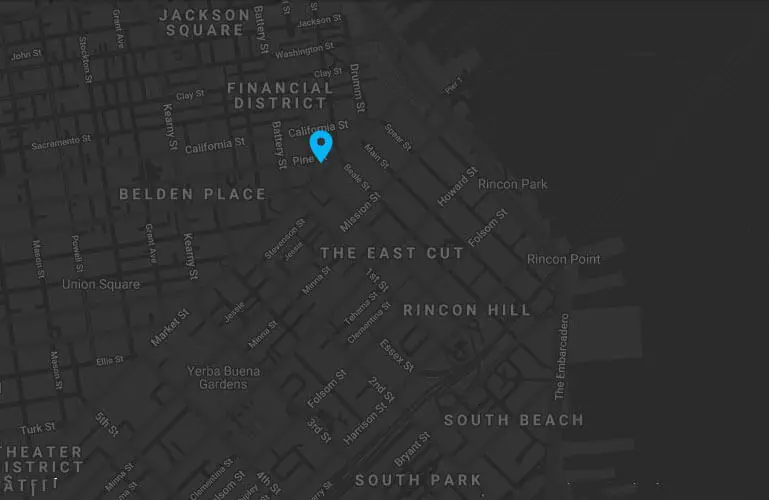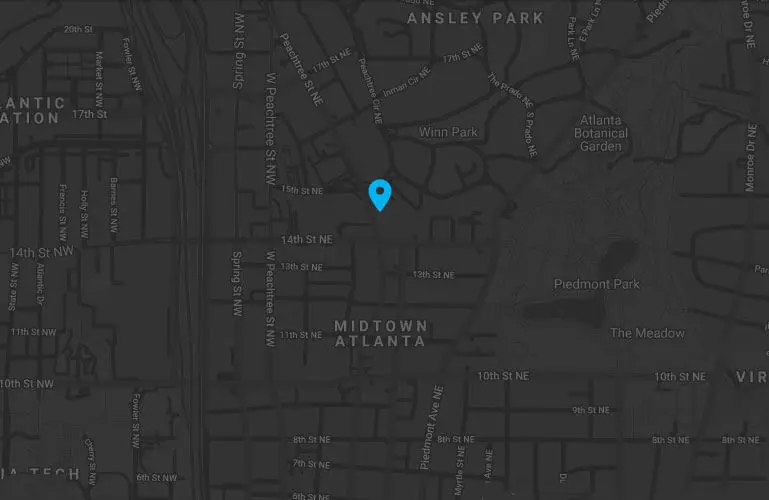In the bustling world of online commerce, your website is the battlefield where you win or lose customers. With countless competitors vying for attention, ecommerce website design becomes the critical weapon in your arsenal. It’s not just about showcasing products; it’s about crafting an experience that seamlessly guides visitors towards purchasing decisions.
This guide delves into the secrets of effective ecommerce website design, transforming hesitant browsers into loyal customers. Buckle up, because we’re about to unleash the power of design to fuel your online sales engine.
Ecommerce Website Design – First Impressions Matter: Building Trust and Urgency
Think of your website’s homepage as the first handshake with a potential customer. Within mere seconds, they’ll decide whether to stay and explore or bounce to a competitor. So, how do you make that first impression count?
- Brand Consistency: Establish a clear and consistent brand identity throughout your website. From logo and colors to fonts and imagery, every element should speak your brand’s unique language.
- High-Quality Visuals: Invest in professional product photography that showcases your offerings in their best light. Remember, people buy with their eyes first.
- Compelling Headlines & CTAs: Craft clear and concise headlines that grab attention and highlight your value proposition. Actionable calls to action (CTAs) nudge visitors towards specific actions, like “Shop Now” or “Add to Cart.
- Social Proof & Trust Signals: Feature customer testimonials, reviews, and security badges to build trust and credibility. Showcasing happy customers and secure payment options reassures visitors that they’re in safe hands.
Navigation: A Guided Journey Through Your Store
Imagine a maze with no exit – that’s what a confusing website feels like. Intuitive navigation is crucial for ensuring a smooth shopping experience.
- Clear Menu Structure: Design a well-organized menu with easily identifiable categories and subcategories. Allow for intuitive browsing and product discovery.
- Search Functionality: Implement a robust search bar that allows users to quickly find specific products using relevant keywords.
- Breadcrumbs & Filters: Make navigation even easier with breadcrumbs that show users their current location within the website hierarchy. Offer filter options to refine product searches based on price, color, size, or other attributes.
Product Pages: Where Desire Takes Root
Your product pages are the battleground where conversion happens. Here, you need to convince visitors that your product is the answer to their needs and desires.
- Focus on Product Benefits: Don’t just list features; translate them into tangible benefits that resonate with your target audience. Explain how your product solves their problems or improves their lives.
- Multiple High-Resolution Images: Showcase your products from various angles and in different settings. Consider including lifestyle images that depict the product in use.
- Enticing Product Descriptions: Craft engaging product descriptions that are informative yet concise. Highlight key features and benefits, while incorporating relevant keywords for SEO.
- Social Proof & Reviews: Show off positive customer reviews, testimonials, and social media mentions to build trust and encourage purchase decisions.
Checkout: Frictionless Flow to the Finish Line
Imagine reaching the checkout counter, only to find a long queue and confusing procedures. Frustration sets in, and you abandon your cart. Don’t let that happen on your website!
- Guest Checkout Option: Offer a guest checkout option alongside traditional account creation to streamline the process.
- Multiple Payment Methods: Support various popular payment methods, including credit cards, debit cards, e-wallets, and buy-now-pay-later options, to cater to different customer preferences.
- Clear Order Summary & Estimated Shipping: Display a clear overview of the order details, including product information, pricing, and estimated shipping costs, to avoid surprises at checkout.
- Mobile-Friendly Checkout: Ensure your checkout process is optimized for mobile devices, as a significant portion of online purchases now happen on smartphones.
Ecommerce Website Design – Beyond the Basics: Optimizing for Conversion
Mastering the fundamentals is great, but true conversion mastery lies in going the extra mile. Here are some advanced tactics:
- Limited-Time Offers & Scarcity: Create a sense of urgency by offering limited-time discounts or highlighting limited stock availability.
- Product Recommendations & Upsells: Suggest complementary products or upsells based on the items currently in their cart.
- Live Chat & Support: Offer real-time support through live chat or chatbots to answer questions and address concerns during the buying journey.
- Abandoned Cart Emails: Recover lost sales by sending automated emails reminding customers about items left in their carts.
- A/B Testing & Data Analysis: Continuously test different design elements and analyze website data to identify what works best for your audience and optimize your site for conversion.
Remember, ecommerce website design is an ongoing journey, not a one-time destination. By consistently prioritizing your online store you will ensure a productive and profitable web presence.


